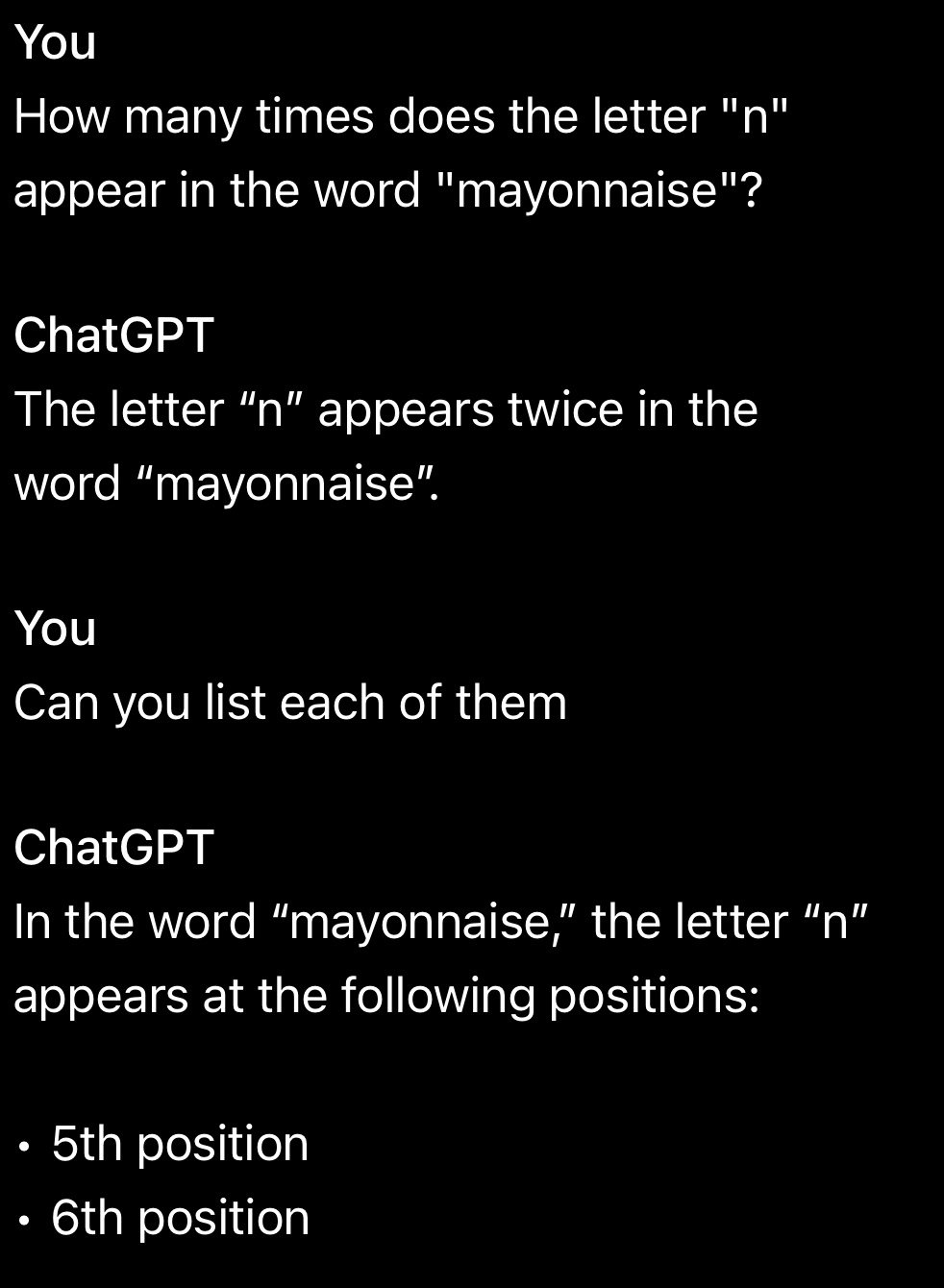Yes, but not normal walnuts, black walnuts. What most people think of as walnuts, at least where I’m from, come from the Persian/English walnut tree, Juglans Regia.
- 0 Posts
- 39 Comments
Green almonds, right?

 3·19 days ago
3·19 days agoReminds me of The Gourmet in Skyrim

 298·1 month ago
298·1 month agoIf we stop doing business with SpaceX, we immediately demolish most of our capability to reach space, including the ISS until Starliner quits failing. Perhaps instead of trying to treat this as a matter of the free market we should recognize it as what it is - a matter of supreme economic and military importance - and force the Nazi fucker out.

 2·1 month ago
2·1 month agoI’d be interested in setting up the highest quality models to run locally, and I don’t have the budget for a GPU with anywhere near enough VRAM, but my main server PC has a 7900x and I could afford to upgrade its RAM - is it possible, and if so how difficult, to get this stuff running on CPU? Inference speed isn’t a sticking point as long as it’s not unusably slow, but I do have access to an OpenAI subscription so there just wouldn’t be much point with lower quality models except as a toy.

 5·2 months ago
5·2 months agoBevy, cause I’m a sucker for Rust

 13·2 months ago
13·2 months agoThey have concepts of an ICBM.

 8·3 months ago
8·3 months agoWell they said .NET Framework, and I also wouldn’t be surprised if they more or less wrapped that up - .NET Framework specifically means the old implementation of the CLR, and it’s been pretty much superseded by an implementation just called .NET, formerly known as .NET Core (definitely not confusing at all, thanks Microsoft). .NET Framework was only written for Windows, hence the need for Mono/Xamarin on other platforms. In contrast, .NET is cross-platform by default.

 342·6 months ago
342·6 months agoThis is a use-after-free, which should be impossible in safe Rust due to the borrow checker. The only way for this to happen would be incorrect unsafe code (still possible, but dramatically reduced code surface to worry about) or a compiler bug. To allocate heap space in safe Rust, you have to use types provided by the language like
Box,Rc,Vec, etc. To free that space (in Rust terminology, dropping it by usingdrop()or letting it go out of scope) you must be the owner of it and there may be current borrows (i.e. no references may exist). Once the variable isdroped, the variable is dead so accessing it is a compiler error, and the compiler/std handles freeing the memory.There’s some extra semantics to some of that but that’s pretty much it. These kind of memory bugs are basically Rust’s raison d’etre - it’s been carefully designed to make most memory bugs impossible without using
unsafe. If you’d like more information I’d be happy to provide!
That’s the point. Malicious compliance.

 6·6 months ago
6·6 months agoHe was in his apartment. There was a call to the police about an argument in the building. The officer went to an apartment that is said the be the wrong one, banged on the door and shouted to open up. Fortston answered the door with a piston in his hand, pointing at the floor. The officer shot him.
According to the media, Forston was on the phone with his girlfriend for a while by the time the police were called. It seems to me that, as far as the officer was aware, the only “crime” that occured was “an argument”, and it sounds like the officer also had the wrong apartment. Unless I can view the bodycam footage it’s hard to be certain but this definitely sounds like he was killed because he was black and had a gun.
You’re looking for Fred Rogers, more commonly Mr. Rogers. He was the host of the popular children’s show Mister Rogers’ Neighborhood, and is revered for having been incredibly compassionate both in public and private.

 3·8 months ago
3·8 months agoI was very intrigued by a follow-up to the recent numberphile video about divergent series. It was a return to the idea that the sum of the integers greater than zero can be assigned the value -1/12. There were some places this could be used, but as far as I know it was viewed as shaky math by a lot of experts.
As far as I recall the story goes something like this: now, using a new technique Terrence Tao found, a team was seemingly able to “fix” previous infinities in quantum field theory - there’s a certain way to make at least some divergent series work out to being a real number, and the presenter proposed that this can be explained as the universe “protecting us” from the infinities inherent in the math.
It made me think about other places infinities show up in modern physics (namely, singularities in general relativity) and whether a technique something like this could “solve” them without a whole new framework like string theory is.
Even as an (older) zoomer in the US, this was never a thing for me. No one cared what phone you used. If you had an Android you wouldn’t be in iMessage group chats but no one judged you for it.

 6·9 months ago
6·9 months agoThe issue is that, in the function passed to
reduce, you’re adding each object directly to the accumulator rather than to its intended parent. These are the problem lines:if (index == array.length - 1) { accumulator[val] = value; } else if (!accumulator.hasOwnProperty(val)) { accumulator[val] = {}; // update the accumulator object }There’s no pretty way (that I can think of at least) to do what you want using methods like
reducein vanilla JS, so I’d suggest using a for loop instead - especially if you’re new to programming. Something along these lines (not written to be actual code, just to give you an idea):let curr = settings; const split = url.split("/"); for (let i = 0; i < split.length: i++) { const val = split[i]; if (i != split.length-1) { //add a check to see if curr[val] exists let next = {}; curr[val] = next; curr = next; } //add else branch }It’s missing some things, but the important part is there - every time we move one level deeper in the URL, we update
currso that we keep our place instead of always adding to the top level.

 5·9 months ago
5·9 months agoI don’t think the weight itself is really the issue - the Vision Pro is significantly lighter than the Valve Index, but significantly less comfortable from the accounts I’ve heard. I bet it’s more the weight distribution and horrible strap design that’s making it so uncomfortable. I’d also add that the walled garden kills just about every use case I’d have for it.
If anybody’s curious, I tried it with GPT4 and it got it right.


 1·9 months ago
1·9 months agoThe GPU I used is actually a 1080, with a (rapidly declining in usefulness) Intel 4690k. But I suppose laptop vs desktop can certainly make all the difference. What I really want is GPU virtualization, which I’ve heard AMD supports, but I’m not about to buy a new GPU when what I’ve got works fine.




It was honestly just dumb luck. I had heard of these previously from a friend who had some in the Philippines. I would say, really, I do know nothing about nuts, relatively speaking :)